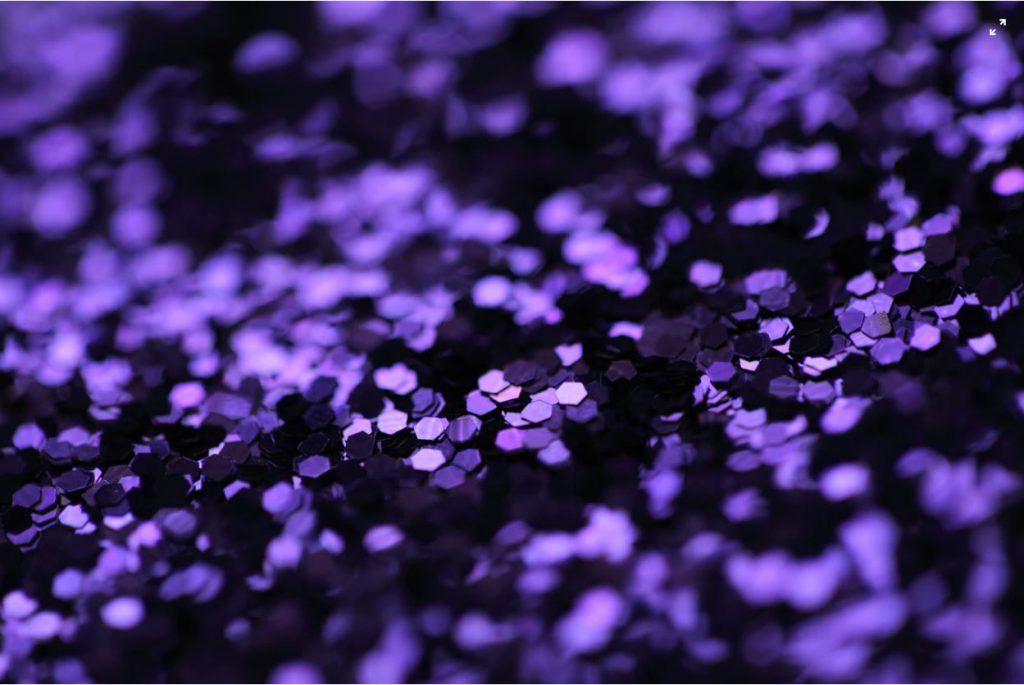
Mardi Gras is typically a happy time where celebrations and parades carry late into the night. But, if you are like me, you do not see happiness, fun, and colorful beauty. All you see is mountains of plastic beads and other waste willfully tossed in the streets of coastal cities. All that plastic is likely to clog storm drains or find its way quickly to the ocean. We can do better, can’t we?
 The problem of plastic beads
The problem of plastic beads
Did you know that Mardi Gras parade favors (called “throws”) were not always beads? Did you know that the first beads on the scene were actually made of imported glass? Well, both of those are true. As explained in detail by this Nat Geo article, Mardi Gras throws used to be something to cherish and keep. Not to be collected and hoarded only to be discarded en mass the next day (or never even picked up at all). I can almost not get past the irony of the plastic Mardi Gras necklace. Here is an item that will last basically forever in the environment that is valued for perhaps less than 24 hours by the recipient! An NPR report from 2018 documented 93,000 pounds of beads alone were collected from New Orleans storm drains after Mardi Gras.
Oh, and, don’t forget Florida’s beloved Gasparilla parade. The Tampa Bay Times estimated that 225,000 pounds of plastic beads are tossed out at that event each year. About 6,000 – 8,000 pounds of beads will just be left behind on the ground.
Opt for sustainable beads
Luckily for us (and the ocean), there are more sustainable options cropping up all the time. There are companies that make paper Mardi Gras beads out of recycled magazine paper. Efforts are underway to produce other biodegradable bead options – like this project making them from algae. There are also many organizations working to increase recycling and reduce waste at these events. Examples include Keep Tampa Bay Beautiful, VerdiGras, and the Urban Conservancy. You can support these efforts by recycling beads through the programs, volunteering, making a donation, or speaking up for their cause.
 Can’t avoid the plastic beads? At least recycle them!
Can’t avoid the plastic beads? At least recycle them!
There are increasingly more opportunities to recycle beads after large parades, such as Gasparilla. There are also organizations that clean, sort, and re-sell used beads (like the ARC of Greater New Orleans and ARC of Pensacola). Consider mailing your beads away to these organizations to be re-used, rather than throwing them away. These organizations create jobs and provide an important service to the environment.
Do you have other insights about how to be more sustainable at Gasparilla or Mardi Gras? Leave a comment below!
 0
0
 The problem of plastic beads
The problem of plastic beads Can’t avoid the plastic beads? At least recycle them!
Can’t avoid the plastic beads? At least recycle them!